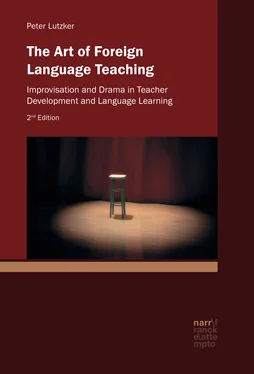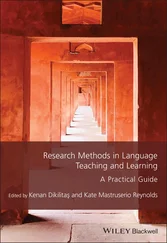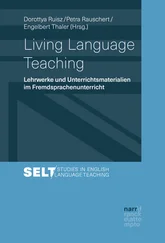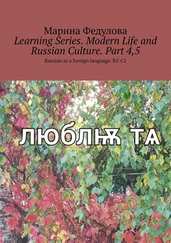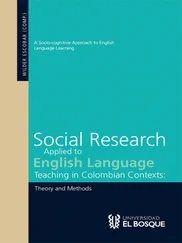This is not only the first attempt to evaluate this kind of artistic work for language teachers in a scientific context, but the first attempt to my knowledge to evaluate any Waldorf in-service training in this manner. This is clearly long overdue and we would be greatly helped for our future efforts by getting extensive feedback.
It would be very helpful if you started your reflections with the following brief information:
Name:
Years of Experience:
Educational Background (State exams etc.): Waldorf Training:
What subjects:
Years of Teaching
Which grades you have taught:
Afterwards, it’s all yours.
If you prefer to send this as an e-mail attachment, this will be fine.
Best regards,
The choice of this form of open letter was made with the hope and expectation that it would lead to a much greater accumulation of rich ‘thick’ data, than would be elicited from a questionnaire. In contrasting ‘thin’ and ‘thick’ data, Norman Denzin writes,
A thin description simply reports facts, independent of intentions or circumstances. A thick description, in contrast, gives the context of an experience, states the intentions and meanings that organized the experience, and reveals the experience as a process.210
In his classic discussion of the essential requirements intrinsic to all forms of ethnographic research, Clifford Geertz argues for the necessity of generating richly descriptive data which enables the researcher and later the reader to concretely perceive human behaviour.
If ethnography is thick description and ethnographers those who are doing the describing, then the determining question for any given example of it, whether a field journal squib or a Malinoswski-sized monograph, is whether it sorts winks from twitches and real winks from mimicked ones.211
He maintains that a comprehensive and accurate picture of phenomena can best be realized by focusing on its complex specifics:
The aim is to draw large conclusions from small, but very densely textured facts.212
The extensive and varied nature of the participants’ responses in this study ended up providing a rich basis for interpretation.
Achieving internal validity is generally understood to mean that the research design presents an accurate basis for accumulating relevant data from which conclusions can be drawn, and that an independent researcher with the same data would come to the same conclusions. In qualitative research, data and method triangulation are generally considered to be key factors in achieving internal validity through the possibilities they offer of creating a detailed understanding of phenomena through the use of multiple perspectives.213 The technique of ‘thick descriptions,’ which has always been considered to be a central element of ethnographic research, offers a further basis for establishing internal validity. This is one of the reasons for using extensive verbatim data in the following chapters, letting the subjects ‘speak for themselves’, and thus enabling the reader to gain a more direct impression of the phenomena and research data. Finally, a transparent discussion of the conceptual framework of the research in order to clearly define the standpoint of the researcher has consistently been stressed as a further essential requirement in attaining internal validity in qualitative research.214
In considering the issue of internal validity in the specific context of this empirical study the decisive questions that must first be addressed concern the validity of the participants’ responses:
Do the responses to the research inquiry accurately reflect the way participants in the clowning workshops experienced the courses?
Can these responses also be considered broadly representative of the views of the other participants who did not reply?
In the research inquiry, participants were asked to “write down anything/everything that you can think of in terms of what you remember of the course, your experiences and feelings back then, in the meantime, and how you view this now”. One of the intrinsic qualities of such an open question is that it offers the possibility of obtaining a detailed and individual picture of how a participant experienced the workshop. In fact, the highly personal nature of many of the responses suggests that this very open formulation often proved to be a decisive catalyst for sustained thoughts and reflections.
In considering the question of how representative their responses were, a key element of the research design proves to be very helpful. In the context of this research, I had the opportunity to attend three different clowning courses which gave me the opportunity to observe 38 participants. From these 38 participants, 15 answered the research inquiry a percentage equivalent to the general response rate. In all three of these courses, what participants expressed in the feedback sessions at the end was very similar to the written responses that were sent. Although these direct observations only apply to the three workshops which I attended, it provides a basis to postulate that those participants who did not take the time to respond to the research inquiry did not generally experience the courses in a fundamentally different manner. This conclusion is also supported by the fact that at the end of each English Week there have always been feedback sheets regarding the entire week and from those participants who had taken his courses and who did not respond to my research inquiry, there were also similar reactions to the course. Hence, it seems legitimate to conclude that the responses which I received were representative in their appraisal of the courses.
One of the key tasks with respect to establishing internal validity in qualitative research is to clearly define the position of the researcher in relation to her research. In this context, the transparency of the researcher’s conceptual framework is seen as essential to achieving verisimilitude.
This elucidation of the researcher’s standpoint must invariably occur both on a conceptual level as well as in considering the potential impact of the researcher on the particular situation and relations which will be the subject of the study. One of the principles articulated in many qualitative studies is that the traditional paradigm of the disinterested and detached observer, often found in quantitative research, offers a severely limited view of the role of the researcher. This criterion is seen as contrasting strongly to the actual demands of research. Seidman writes,
Research, like almost everything else in life, has autobiographical roots. It is crucial for interviewers to identify the autobiographical roots of their interest in their topic. Research is hard work; interviewing research is especially so. In order to sustain the energy needed to do the research well, a researcher must have some passion about his or her subject. Rather than seeking a “disinterested” position as a researcher, the interviewer needs to understand and affirm his or her interest in order to build on the energy that can come from it. Equally important, researchers must identify the source of their interest in order to channel it appropriately. They must acknowledge it in order to minimize the distortion such interest can cause. (…) An autobiographical section explaining researchers’ connections to their proposed research seems to me to be crucial …215
From nine years of having observed and spoken to some of the participants in the clowning courses at the English Week and from my own experiences as a participant in one of those workshops, I began this research with the belief that these courses had clearly led to positive short-term developments for most participants, and that they had quite possibly led to significant long-term developments as well. What I had experienced myself and also informally spoken about with others, seemed to have occurred on different and often overlapping personal and professional levels. At the same time I was clearly aware of the obvious difficulties of making any sort of valid generalizations based on my own experiences, and/or the experiences of those colleagues whom I had spoken to. Seen from the perspective which Seidman and others have adopted, my previous positive experience of the potential value of these courses, which can be considered as one of the motivating forces behind the entire research, need not detract from the internal validity of the study, provided the necessary controls and transparency are built into the research design. Through the above-mentioned uses of data and method triangulation in conjunction with the extensive use of verbatim reports from the participants, the criteria necessary for establishing internal validity in the research design is considered to have been met.
Читать дальше
